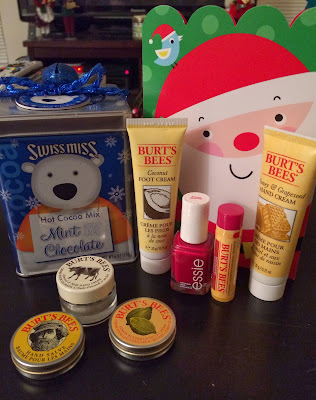How to write a query letter
If you want to write a book or a magazine article, it helps to write a query letter first. The query can be fairly short. You don't have to write the book or article, just describe it to the editor.
3. THE SCOPE. How big is this thing, how long, how many pictures? How much is finished already? What is the look, feel, tone, or style?
4. THE MARKET. Who is this work for? How am I connected with the audience? How big is the market? The actual marketing and publicity will be a joint effort, but authors often know their market best.
5. THE DELIVERABLES. What am I going to provide? Who will bring in the text, captions, permissions, and photos? How long will it take? What will I need help with?
Dear (Editor of ImagineFX magazine)
Workshop: 10 Tips for Working from Photographs
Artists are always looking for reference tools to improve the realism of their imaginative paintings. They know that photographs offer a useful tool, but also a potential pitfall. I propose to give your readers 10 tips that will help them use photo reference effectively, preserving their innate vision without the risk of photo-dependence.
I envision this article appearing in the Workshop section of the magazine, running about 2000-2500 words with approximately 12 - 18 illustrations. Several case study examples would show some works developed with drawings alone as reference, and some with photo reference.
As before, with the “Visual Perception” and “Lived-In Future” workshops, the completed article can be delivered to you in hard copy and/or via email within two weeks of your acceptance.
One thing that helps me in writing a query letter is to follow this basic form, with just a sentence or two on each topic:
1. THE PROBLEM. Why is this book or article needed? What's the gap in the market? What's the story that hasn't been told yet?
2. THE SOLUTION. How will the piece I want to write address that need? What is my piece not going to be? What other published works are similar or different?
1. THE PROBLEM. Why is this book or article needed? What's the gap in the market? What's the story that hasn't been told yet?
2. THE SOLUTION. How will the piece I want to write address that need? What is my piece not going to be? What other published works are similar or different?
3. THE SCOPE. How big is this thing, how long, how many pictures? How much is finished already? What is the look, feel, tone, or style?
4. THE MARKET. Who is this work for? How am I connected with the audience? How big is the market? The actual marketing and publicity will be a joint effort, but authors often know their market best.
5. THE DELIVERABLES. What am I going to provide? Who will bring in the text, captions, permissions, and photos? How long will it take? What will I need help with?
6. MY QUALIFICATIONS. If the editor doesn't know me already, here's the chance to say why I believe I'm the best person to write the book.
As an example, here's a brief letter where I spend just one sentence answering each question. Brevity helps. One page is usually enough, two pages if you must.
Workshop: 10 Tips for Working from Photographs
Artists are always looking for reference tools to improve the realism of their imaginative paintings. They know that photographs offer a useful tool, but also a potential pitfall. I propose to give your readers 10 tips that will help them use photo reference effectively, preserving their innate vision without the risk of photo-dependence.
I envision this article appearing in the Workshop section of the magazine, running about 2000-2500 words with approximately 12 - 18 illustrations. Several case study examples would show some works developed with drawings alone as reference, and some with photo reference.
As before, with the “Visual Perception” and “Lived-In Future” workshops, the completed article can be delivered to you in hard copy and/or via email within two weeks of your acceptance.
You can accompany the query with links to works that you've already written, and you might also include a résumé. You can submit queries as emails, but if you want to cut through the clutter, you can send it as a good old-fashioned letter. A query letter arriving by post is a rare diversion for editors these days.
------
Previously on the blog: Using Photo Reference



Comments
Post a Comment